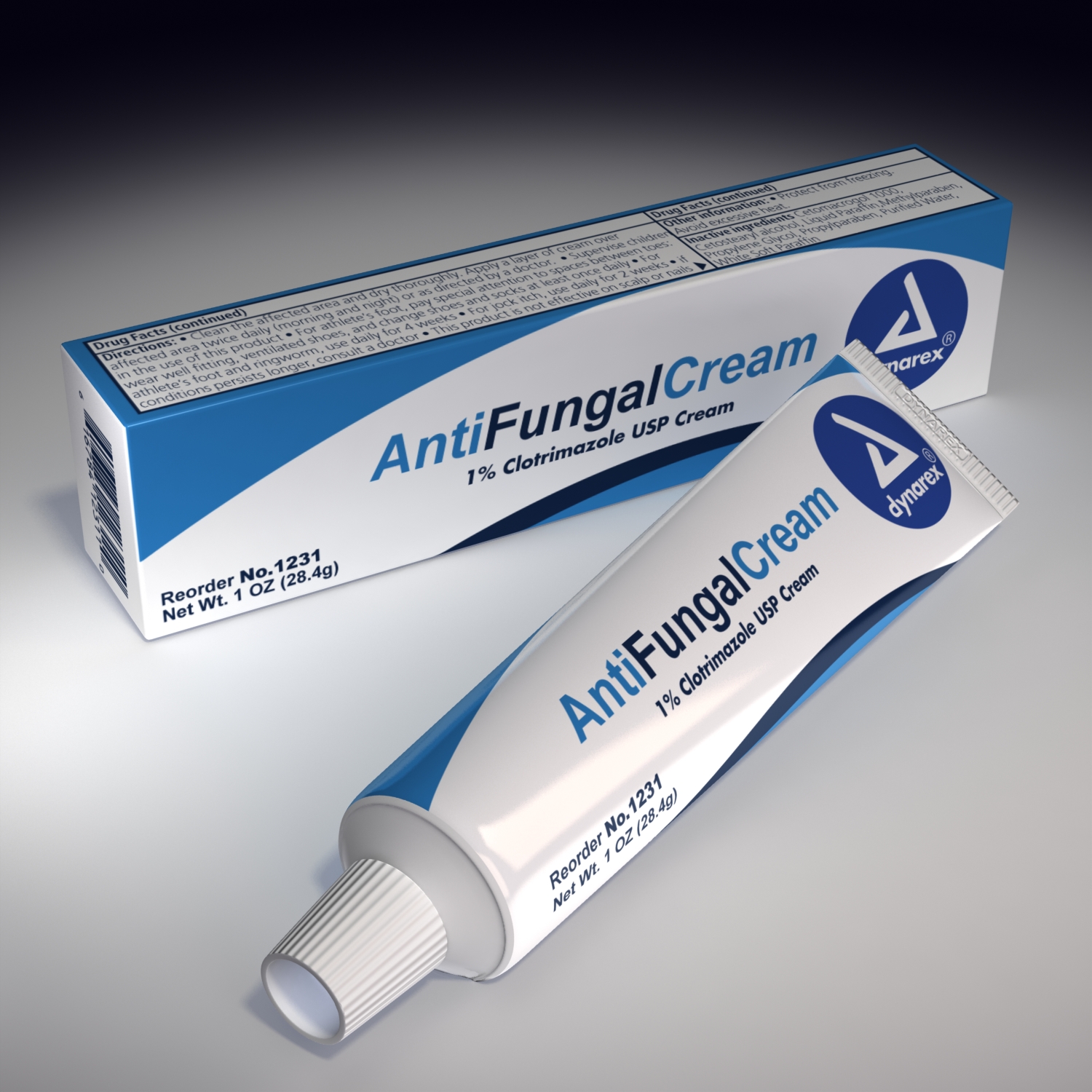Over-the-counter anti-fungal creams are an indispensable asset in the realm of dermatological therapies, specifically targeting superficial fungal infections. The prevalence of these infections often correlates with environmental factors, personal hygiene, and overall health. This article aims to elucidate the mechanisms, applications, and considerations surrounding the utilization of these topical agents.
Fungal infections, particularly dermatophyte infections such as athlete’s foot, jock itch, and ringworm, can provoke considerable discomfort and social stigma. While many individuals may hesitate to seek medical intervention, over-the-counter (OTC) anti-fungal creams offer a feasible and effective alternative for management. These preparations contain active ingredients that exert mycological effects, which can alleviate symptoms and facilitate recovery.
In exploring the diverse landscape of OTC anti-fungal creams, it is crucial to understand their formulation, active constituents, and the specific conditions for which they are indicated.
Understanding Fungal Infections: The Basis for Treatment
Fungal organisms proliferate in environments characterized by moisture and warmth. The human skin microbiome, although predominantly beneficial, can occasionally be disrupted, allowing opportunistic pathogens to flourish. This dysbiosis often results in infections that manifest in a variety of presentations, including erythema, scaling, and pruritus.
The immune response plays a crucial role in either containing or perpetuating these infections. Factors such as diabetes, immunosuppression, and chronic skin conditions can exacerbate the susceptibility of individuals to fungal infections. The relevance of these underlying conditions underscores the significance of recognizing both the symptoms and the causative agents when selecting an appropriate treatment.
Active Ingredients in Over-the-Counter Anti-Fungal Creams
The formulation of OTC anti-fungal creams typically encompasses several active compounds, each with a unique mechanism of action against fungal cells. Commonly encountered agents include:
Clotrimazole
Clotrimazole is a broad-spectrum azole antifungal that operates by inhibiting the synthesis of ergosterol, an essential component of fungal cell membranes. By disrupting the integrity of the membrane, clotrimazole effectiveness extends to several dermatophytes and yeast species. Its application is indicated for conditions such as tinea pedis and candidiasis.
Miconazole
Miconazole shares a similar pharmacodynamic profile with clotrimazole, exhibiting a mechanism that targets ergosterol biosynthesis. Additionally, miconazole possesses anti-inflammatory properties, making it suitable for inflammatory fungal infections. It finds utility in treatment protocols for conditions like tinea corporis and tinea cruris.
Terbinafine
Terbinafine exemplifies a different class of antifungal, with its action rooted in the inhibition of squalene epoxidase, an enzyme critical for ergosterol production. This distinctive pathway makes terbinafine particularly efficacious for onychomycosis and dermatophyte infections affecting the skin. The profound effectiveness of this agent has made it a staple in both OTC and prescription formulations.
Application Techniques and Guidelines
To maximize the efficacy of OTC anti-fungal creams, it is imperative to adhere to appropriate application techniques. The following guidelines can optimize treatment outcomes:
Clean and Dry Affected Areas
Before application, the affected skin should be meticulously cleansed and dried. Moist environments can hinder the penetration of active ingredients and promote further fungal growth. Patting the skin dry rather than rubbing it can help prevent irritation.
Consistent Application
Regular and consistent application of the cream is vital, with most formulations recommending usage twice daily for several weeks. The duration of treatment should not be curtailed prematurely; even if symptoms improve within days, continuing the regimen for the full course is essential to eradicate the fungal hyphae completely.
Avoid Occlusive Dressings
While it may be tempting to cover treated areas, occlusive dressings can create a microenvironment conducive to fungal proliferation. It is generally advised to allow the affected areas to breathe and remain exposed to facilitate evaporation and enhance therapeutic penetration.
Pediatric Considerations: Navigating Fungal Treatments
When dealing with fungal infections in children, notable considerations must be taken into account. The pediatric population may be more susceptible to certain infections owing to immature immune responses. Selecting appropriate products that are safe for young skin is paramount.
Furthermore, parental education regarding the importance of hygiene practices and the need for supervision during treatment can bolster adherence and expedite recovery. Common childhood fungal infections, such as tinea capitis, may necessitate closer clinical oversight, given the potential for additional interventions or referral to specialists.
Adverse Reactions and Contraindications
While OTC anti-fungal creams are generally well-tolerated, the possibility of adverse reactions exists. Localized irritation, erythema, and pruritus may occur as a consequence of chemical sensitivities to the active or inactive ingredients. Awareness of these potential side effects can empower users to discontinue use and consult a healthcare professional if necessary.
Particular attention should be given to individuals with pre-existing skin conditions, such as eczema or psoriasis. The interplay between fungal infections and underlying dermatological disorders can complicate treatment and may warrant alternative therapeutic strategies.
The Future of Fungal Infection Management
As advancements in pharmacology and microbiology unfold, the scope of OTC anti-fungal treatment continues to expand. With increasing awareness of drug resistance and the complexities of microbial interactions, ongoing research is vital. The need for innovative approaches to management that address both common and atypical presentations of fungal infections is becoming increasingly pertinent.
The advent of novel topical agents that target elusive fungal organisms, as well as formulations designed to enhance skin penetration and absorption, may revolutionize treatments. This evolution will likely yield more effective therapeutic strategies, drastically improving both patient outcomes and quality of life.
Conclusion: A Call to Action for Individuals and Healthcare Providers
Fungal infections can significantly impair daily activities and self-esteem; however, with accessible treatment options like OTC anti-fungal creams, individuals have the means to address these conditions effectively. It is imperative for both patients and healthcare providers to recognize the signs of superficial fungal infections and to understand the efficacies of available treatments.
Encouraging responsible self-medication practices fosters a proactive approach to health, empowering individuals to take charge of their dermatological wellness. As we look towards future advancements, collaboration and education remain essential for optimizing treatment outcomes and ensuring that the challenges posed by fungal infections are met with effective and evidence-based strategies.
